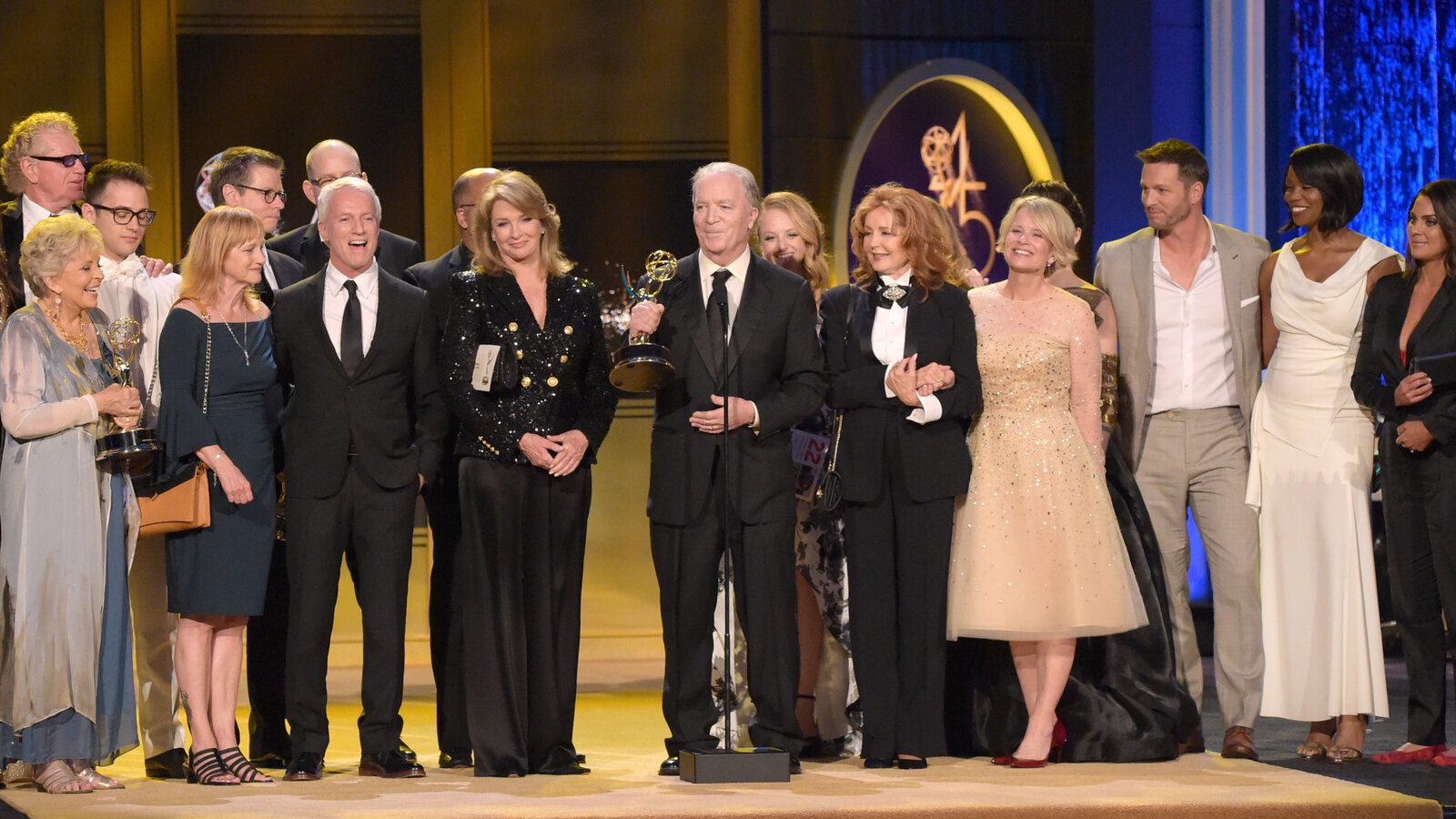
Few television series in history have achieved the cultural impact and longevity of Days of Our Lives. Since its debut in 1965, the iconic soap opera has been a fixture of American daytime television, weaving together family drama, romance, mystery, and social commentary into a tapestry that has endured for generations. Now, nearly six decades later, the show continues to evolve while maintaining the emotional core that has endeared it to millions.
Set in the fictional town of Salem, Days of Our Lives centers on the Horton, Brady, DiMera, and Kiriakis families—four powerful dynasties whose lives intertwine in endlessly dramatic and sometimes outrageous ways. While the show is known for its outlandish plotlines involving amnesia, buried secrets, shock resurrections, and long-lost relatives, it has also consistently grounded its storytelling in human emotion. That combination—spectacle paired with sincerity—has allowed Days to thrive in an ever-changing media environment.
Throughout its run, Days of Our Lives has never shied away from risk. It was one of the first daytime dramas to address interracial romance, same-sex relationships, sexual assault, mental illness, and addiction—often at a time when such topics were considered taboo for broadcast television. Its willingness to push boundaries has made it both a lightning rod for discussion and a trailblazer for representation.
 Despite all the twists and sensational developments, the heart of the show has always been its families. The Horton home, especially its iconic Christmas ornament tradition, remains a beloved symbol of togetherness. The Brady Pub represents resilience and warmth, while the DiMera mansion is often the epicenter of power plays and shadowy schemes. These settings create emotional anchors that remind viewers why they keep returning to Salem.
Despite all the twists and sensational developments, the heart of the show has always been its families. The Horton home, especially its iconic Christmas ornament tradition, remains a beloved symbol of togetherness. The Brady Pub represents resilience and warmth, while the DiMera mansion is often the epicenter of power plays and shadowy schemes. These settings create emotional anchors that remind viewers why they keep returning to Salem.
The show’s longevity can also be attributed to its generational storytelling. Characters grow, evolve, and pass the torch to their children, creating a sense of continuity rarely seen on television. Viewers who watched the show in the 1970s now see their grandchildren enjoying newer storylines—an achievement made possible by the show’s ability to reinvent itself without losing its identity.
Casting has played a significant role in the show’s staying power. Legendary performers such as Deidre Hall, Drake Hogestyn, Kristian Alfonso, James Scott, and Alison Sweeney have created some of daytime television’s most iconic characters. Their portrayals, full of passion and emotional intensity, helped define eras of the show and built fan loyalty that extends far beyond the screen.
Even as media consumption shifts toward streaming, Days of Our Lives has managed to adapt. Moving to Peacock allowed it to embrace new storytelling opportunities, faster pacing, and a digital-friendly structure while retaining the elements that made it special. Fans who once watched on lunch breaks now tune in across platforms, proving that compelling drama transcends format.
As the show enters its next chapter, one thing remains clear: Days of Our Lives is more than a soap opera. It is a cultural institution that continues to capture the hopes, heartbreaks, and triumphs of everyday life—often in the most dramatic way possible. Through love stories, betrayals, reunions, and reinventions, the series remains a testament to the enduring power of character-driven storytelling.
And, as the iconic narration reminds viewers every episode, the sands of time continue to fall—but Salem remains, ready for its next tale.
